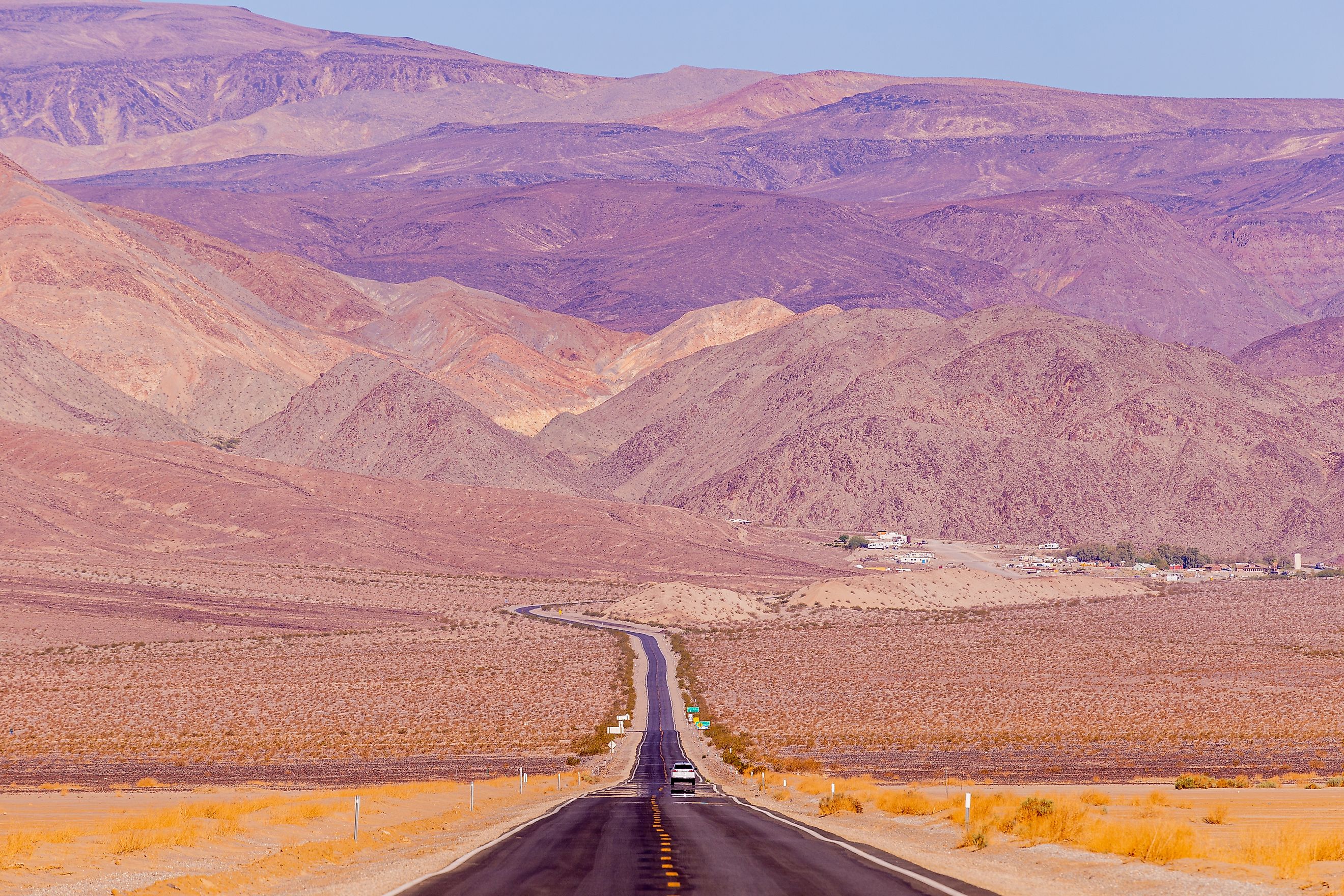
Death Valley
In southeastern California, primarily Inyo County, Death Valley is an awe-inspiring structural depression and one of the most extreme environments on the planet. It holds the titles of the lowest, hottest, and driest region in North America, making it a land of remarkable contrasts and dramatic landscapes. Stretching approximately 140 miles in length and ranging between 5 to 15 miles in width, the valley is bordered by the rugged Panamint Range to the west and the Black, Funeral, and Grapevine Mountains of the Amargosa Range to the east.
Positioned near the shifting boundary between the Great Basin and the Mojave Desert, Death Valley is a natural wonder that has long captured the imagination of scientists, adventurers, and travelers alike.
Geological Formation and History
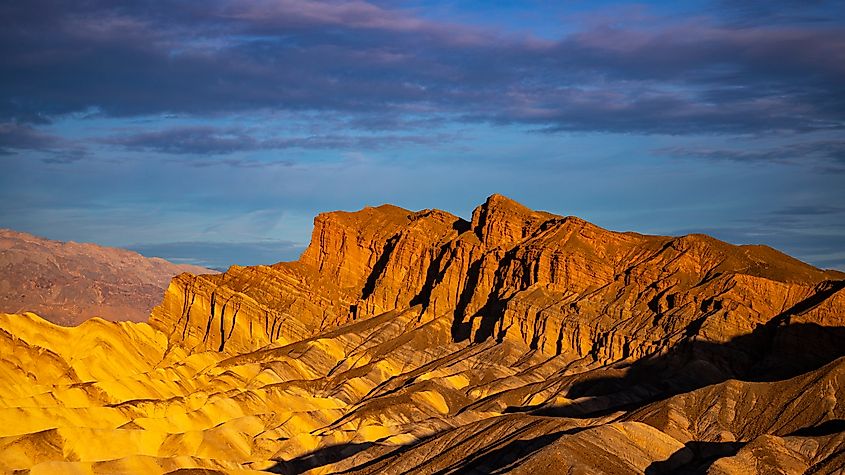
Death Valley is a geological marvel, part of the southwestern Great Basin. It shares similarities with other structural basins in the region but stands apart due to its exceptional depth. A significant portion of its floor, covering around 550 square miles, lies below sea level, with Badwater Basin marking the lowest point in North America at 282 feet below sea level. In stark contrast, Telescope Peak, just 20 miles to the west, soars to 11,049 feet, creating a striking elevation gradient.
The valley’s formation dates back about 30 million years and is the result of block faulting—a process involving the vertical shifting of massive crustal blocks. As the valley floor gradually sank, it accumulated sediment deposits, some of which reach depths of up to 9,000 feet. The valley continues to tilt and sink over time, shaping its unique topography.
A Land of Extreme Climate
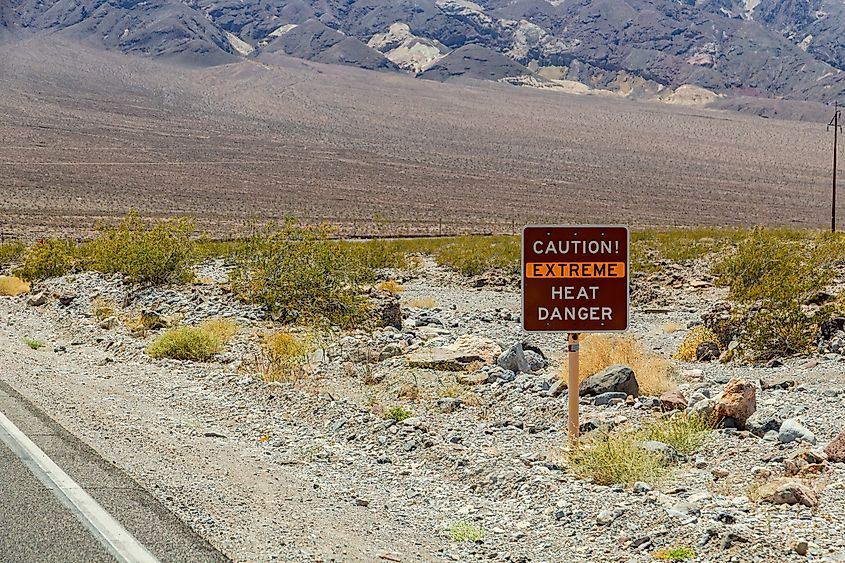
Death Valley’s notoriety stems from its extreme climate. It holds the record for the highest air temperature ever recorded on Earth—134°F in July 1913. During the summer months, temperatures frequently soar above 120°F, with ground temperatures reaching an astonishing 201°F. The valley is also one of the driest places in North America, with an annual rainfall average of just 1.66 inches. Entire years have passed without measurable precipitation. The towering mountains to the west act as a barrier, preventing moist air from reaching the valley, resulting in its intense aridity.
Winter in Death Valley is relatively mild, with occasional lows dipping to 15°F, but freezing temperatures are rare. Despite these harsh conditions, the valley undergoes a stunning transformation during the spring months when seasonal rains bring forth a brief but spectacular wildflower bloom.
A Glimpse Into Death Valley’s History
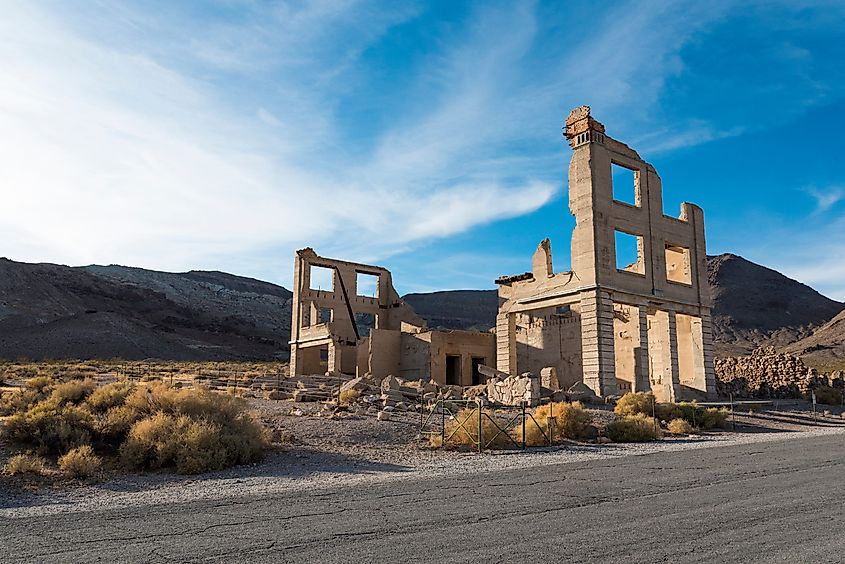
The valley earned its ominous name in 1849 when a group of emigrants attempting to reach California’s gold fields found themselves stranded in its unforgiving terrain. Though only one member of the party perished, the survivors dubbed it “Death Valley” as a testament to their suffering.
Mining played a crucial role in Death Valley’s history. In the 1870s, prospectors flocked to the area following the discovery of gold and silver in the surrounding mountains. The 1880s saw the rise of borax mining, most notably at the Harmony Borax Works (1883–88). This period gave birth to the legendary 20-mule team wagons, which transported borax to Mojave, California. Several mining boomtowns emerged around Death Valley, only to be abandoned when resources were depleted. One of the most famous ghost towns, Rhyolite, boomed in 1904 with a population of 10,000 but was entirely deserted by 1916.
The Flora and Fauna of Death Valley
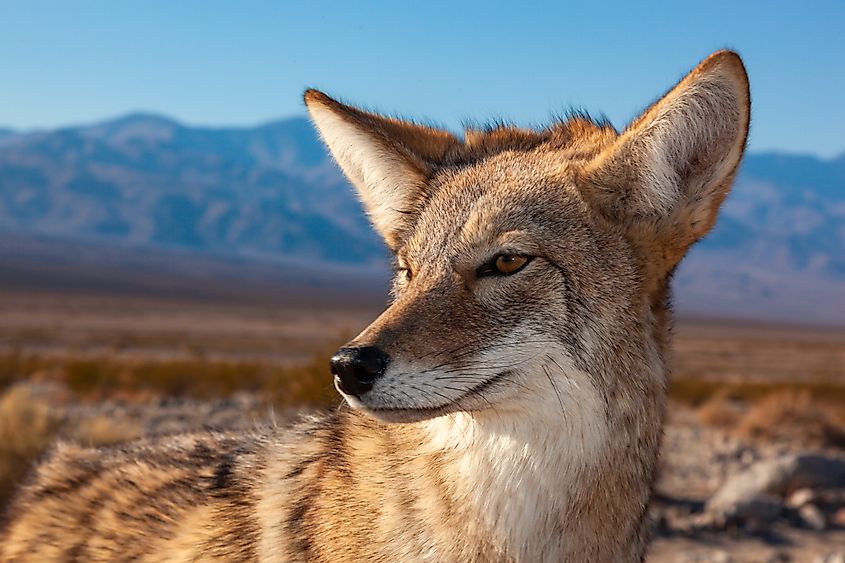
While Death Valley may seem barren at first glance, it teems with life adapted to its extreme environment. The salt pan at its lowest elevations is nearly devoid of vegetation, but around its edges, salt-tolerant plants such as pickleweed, salt grass, and rushes thrive. Mesquite trees grow where fresh water is available, while creosote bushes dominate the valley’s gravel fans. Cactus species are more abundant at higher elevations, where juniper and piñon pine trees can also be found.
The valley is home to a surprising array of wildlife. Small mammals such as rabbits, ground squirrels, kangaroo rats, and desert wood rats form the base of the food chain, supporting predators like coyotes, bobcats, and kit foxes. The elusive desert bighorn sheep, one of the best-studied species in the area, roams the surrounding mountains. Wild burros, descendants of those left behind by miners, once overpopulated the region but have since been removed to protect the delicate ecosystem.
Despite the scorching heat, birds thrive in Death Valley, with over 230 species recorded. The roadrunner is one of the most iconic residents. Reptiles and amphibians, including rattlesnakes, lizards, and scorpions, are common sights. Remarkably, even native fish have adapted to this arid environment—pupfish, including the highly endangered Devils Hole pupfish, persist in isolated desert pools.
Death Valley National Park
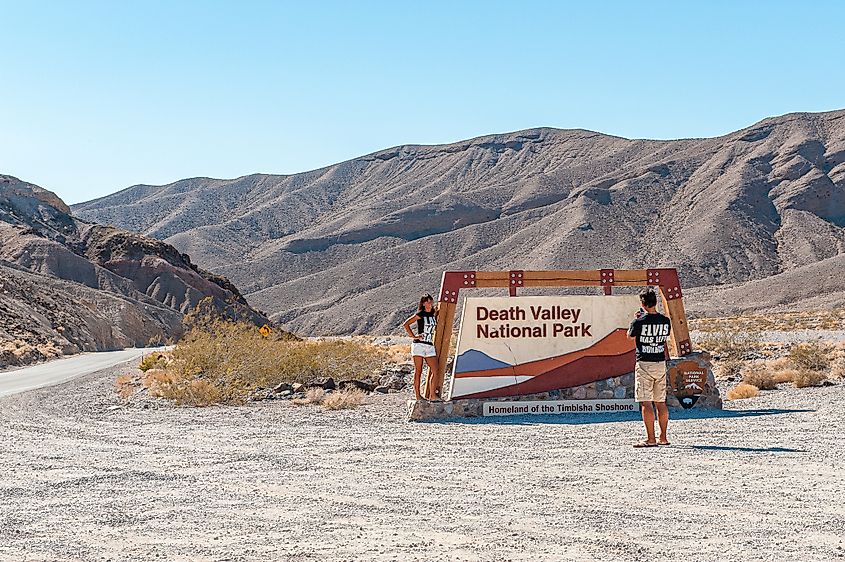
Covering approximately 5,270 square miles, Death Valley National Park is the largest national park in the contiguous United States. Originally designated as a national monument in 1933, it was expanded and redesignated as a national park in 1994. The park spans across California and Nevada, encompassing not just Death Valley itself but also vast stretches of surrounding desert, mountains, and canyons.
Among the park’s many attractions are:
-
Badwater Basin: The lowest point in North America, featuring mesmerizing salt flats.
-
Mesquite Flat Sand Dunes: Iconic, wind-sculpted dunes that are especially striking at sunrise and sunset.
-
Ubehebe Crater: A massive volcanic crater measuring 700 feet deep.
-
Racetrack Playa: A mysterious dry lakebed where large rocks appear to move on their own, leaving trails behind them.
-
Artist’s Drive: An 8-mile scenic loop showcasing colorful hills and canyons.
-
Scotty’s Castle: A historic 1920s mansion built by Chicago businessman Albert Johnson, named after the legendary conman “Death Valley Scotty.”
-
Devil’s Golf Course: A vast expanse of jagged salt formations shaped by wind and water.
The main visitor center, located at Furnace Creek, offers educational exhibits on the valley’s history, geology, and ecology. A second visitor center in Beatty, Nevada, serves as an eastern gateway to the park.
A Destination Like No Other
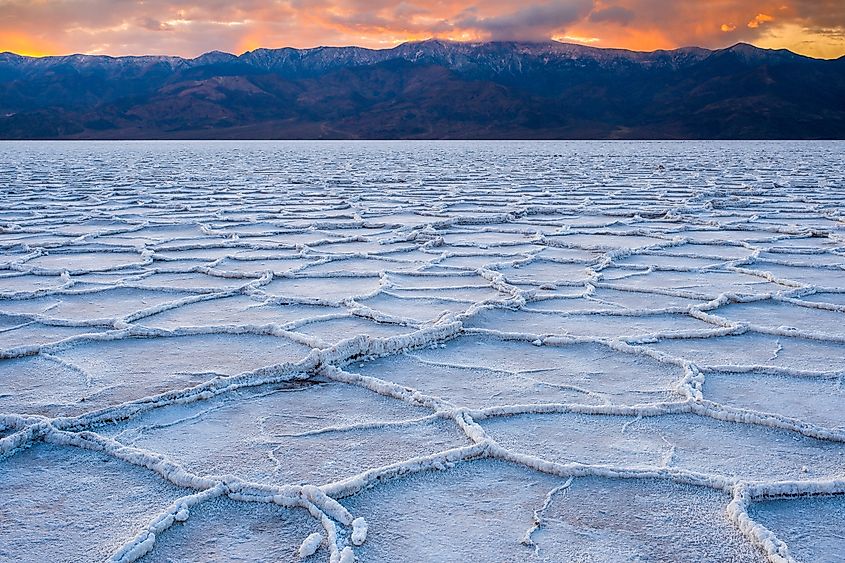
Despite its harsh environment, Death Valley remains an irresistible draw for explorers, scientists, and travelers seeking a glimpse into one of Earth’s most extreme landscapes. Whether you come for the otherworldly scenery, the fascinating history, or the rare wildlife, Death Valley offers an experience unlike any other. For those prepared to face the heat and embrace the desolation, this legendary desert is a place of profound beauty, resilience, and wonder.